Should We Blame Supplier For Voltage Dips and Transients?
Voltage dips and transients are usually blamed on the supplier, but this is often unfair. There are many potential on-site causes; for example, starting of heavy loads may cause voltage dips and switching of inductive loads will generate transients. Let’s… Read more
Mar 11, 2015 | By Edvard Csanyi

Why it’s important to know which type of power factor correction to use
It’s important to understand where the capacitors are to be installed for a better exploitation of such advantages. There are no general rules applicable to every type of installation and, in theory, capacitors can be installed at any point, but it… Read more
Mar 09, 2015 | By Edvard Csanyi

Nine Recommended Practices for Grounding
Grounding and bonding are the basis upon which safety and power quality are built. The grounding system provides a low-impedance path for fault current and limits the voltage rise on the normally non-current-carrying metallic components of the electrical distribution system…. Read more
Mar 06, 2015 | By Edvard Csanyi

Degradation of Insulation in Switchgear (What’s Really Happening)
Electrical insulation is subjected to electrical and mechanical stress, elevated temperature and temperature variations, and environmental conditions especially for outdoor applications. In addition to normal operating conditions, there are a host of other factors that may trigger accelerated aging or… Read more
Mar 04, 2015 | By Edvard Csanyi
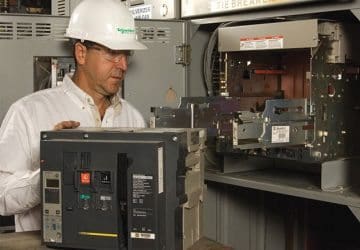
Impulse withstand voltage test performed on assemblies
Only optional in the past, the impulse test which allow defining the rated impulse withstand voltage Uimp, is now a necessity thus demonstrating the strategy of the Standards directed to increasing the importance of such performance. In addition to the… Read more
Mar 02, 2015 | By Edvard Csanyi
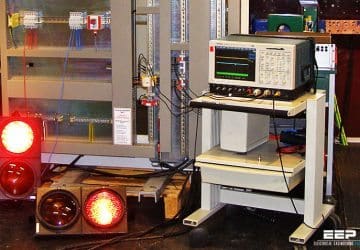
6 recommended practices for increasing the power quality
Power quality concerns have traditionally focused on harmonics, which are generated by nonlinear loads, although there are many other concerns regarding isolating sensitive loads from transient disturbances, uneven ground potentials, or phase imbalances. Poor power quality affects the reliable operation of computers and… Read more
Feb 27, 2015 | By Edvard Csanyi

4 practical approaches to minimize voltage drop problems
The NEC states in an Informational Note that a maximum voltage drop of 3% for branch circuit conductors, and 5% for feeder and branch circuit conductors together, will provide reasonable efficiency of operation for general use circuits. For sensitive electronic… Read more
Feb 25, 2015 | By Edvard Csanyi

Do Not Energize Oil-Filled Transformer Without Performing These 15 Tests and Checks!
The following tests and checks should be performed at a minimum to ensure that the transformer is ready to be energized. Do not energize the transformer without performing these tests and checks. If any of below explained tests fail and… Read more
Feb 23, 2015 | By Edvard Csanyi
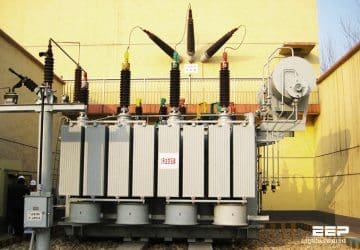
Basic Transformer Routine Test – Measurement of Winding Resistances
The resistance between all pairs of phase terminals of each transformer winding are measured using direct current. Furthermore the corresponding winding temperature is measured. The measured resistances are needed in connection with the load loss measurement when the load losses… Read more
Feb 20, 2015 | By Edvard Csanyi

Smart Load Management Strategies To Save Energy
As part of their drive towards synchronizing the consumption and production of electrical energy over the long term, energy distribution companies tailor their rates to encourage consumers to reduce their requirements during peak periods. A number of different strategies are… Read more
Feb 18, 2015 | By Edvard Csanyi

Selection of high voltage conductors and earth wires
Conductors represent the most important component of an overhead power line because they have to ensure economical and reliable transmission and contribute considerably to the total line costs. For many years, aluminum and its alloys have been the prevailing conducting… Read more
Feb 16, 2015 | By Edvard Csanyi
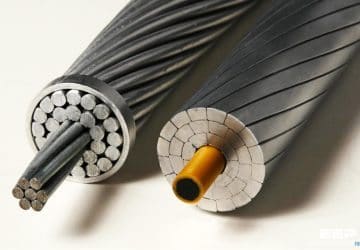
How can I select the right capacitors for my specific application needs?
Once you’ve decided that your facility can benefit from power factor correction, you’ll need to choose the optimum type, size, and number of capacitors for your plant. There are two basic types of capacitor installations: individual capacitors on linear or… Read more
Feb 13, 2015 | By Edvard Csanyi
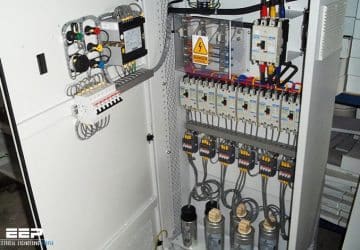
Ring Main Unit (RMU) as an important part of secondary distribution substations
Before getting into “What is RMU” question, let’s say a word about the distribution system where RMU is often used. Distribution systems encompass power lines that transport energy from the transmission network or other sources to consumers, along with the… Read more
Feb 11, 2015 | By Edvard Csanyi

A real life analogy of the jurisdiction of the protection relay
Formally, a relay is a logical element which processes the inputs (mostly voltages and currents) from the system/apparatus and issues a trip decision if a fault within the protection relay‘s jurisdiction is detected. A conceptual diagram of relay is shown… Read more
Feb 09, 2015 | By Edvard Csanyi

Emergency Lighting Power Supply in Data Center
Lighting is defined as emergency lighting when it is intended for operation when standard lighting fails. Emergency lighting must be powered by an independent energy source (typically a central power supply system) and is classified by the UNI EN 1838 standard… Read more
Feb 06, 2015 | By Edvard Csanyi


